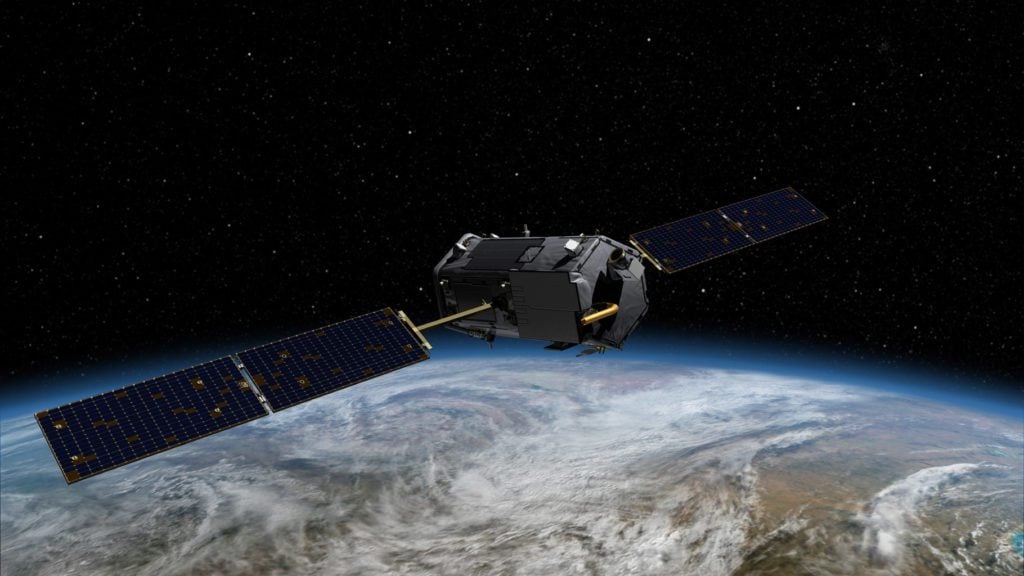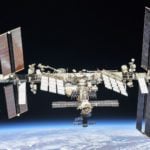Satellites
Satellites
Written by: Space Foundation Editorial Team
Satellites are foundational components of modern society, permitting communications, global positioning, Earth and solar system study, and a range of other activities. Satellite applications include:
Earth Science
Remote sensing satellites are used to study the Earth, including things like weather events, ecological trends and ocean temperatures.
Solar System Study
Satellites are used to study the many celestial bodies in the solar system. To date, artificial satellites have orbited many significant planets and moons in our solar system, as well as numerous smaller objects like dwarf planets, asteroids and comets.
Reconnaissance
Similar to Earth science uses, reconnaissance or intelligence satellites employ a suite of sensors and communications tools, deployed and used by government agencies for defense or intelligence purposes, including early missile detection and emergency broadcasts.
Communications
Most of the satellites in orbit are used for relaying communications around the Earth’s curve.
Position, Navigation and Timing (PNT)
Navigation satellites deliver geospatial positioning, identifying a single point on the ground by its latitude, longitude and altitude.
Satellite Weight Categories
Satellites can be grouped by weight into six basic categories.
Large: 2,200+ lbs (1,000+ kg)
- Example: NOAA GOES-17 geostationary weather satellite, 6,000 lbs.
Medium: 1,100-2,200 lbs (500-1,000 kg)
- Example: Russian GLONASS-K navigation satellite, 1,650 lbs (750 kg)
Small: 220-1,100 lbs (100-500 kg)
- Example: China’s Queqiao communication relay satellite for Chang-e 4 lunar mission, 937 lbs (425 kg)
Microsatellite: 22-220 lbs (10-100 kg)
- Example: NASA Mars Cube One (MarCO) relay satellites for Mars InSight Lander, 30 lbs (13.6 kg)
Nanosatellite: 2.2-22 lbs (1-10 kg)
- Example: Japan’s TRICOM-1R experimental relay satellite, 6.6 lbs (3 kg)
Picosatellite: .22-2.2 lbs (0.1-1 kg)
- Example: ISRO Kalamsat-V2 communications satellite, 2.6 lbs (1.26 kg)



